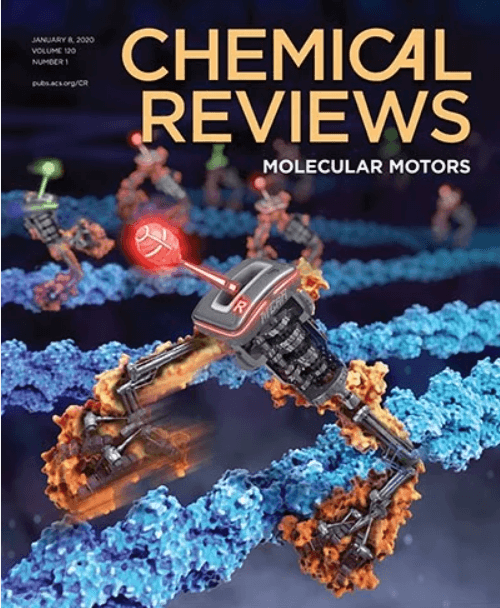二氧化钛(金红石)的缺陷化学。迈向可持续能源
IF 55.8
1区 化学
Q1 CHEMISTRY, MULTIDISCIPLINARY
引用次数: 0
摘要
这项研究综述了二氧化钛(金红石)的缺陷化学,重点是热力学可逆的原子大小的结构缺陷。研究表明,热力学可用于基于二氧化钛的能源材料(如光电导体和光催化剂)的缺陷工程。我们的研究表明,缺陷的表面离析会导致新的表面结构的形成,而新的表面结构则会产生反应性。由于表面特性的合理设计需要在操作条件下进行原位表面表征,因此将块体缺陷化学扩展到表面缺陷化学需要一种对缺陷相关表面敏感的工具,用于在与缺陷平衡相对应的高温和受控气相环境下原位监测缺陷相关特性。在这里,我们展示了高温电子探针是一种对缺陷相关表面敏感的工具,在帮助表面缺陷工程和确定明确的表面特性方面具有独特的优势。我们考虑了光电化学水分离和固体氧化物燃料电池性能的相关应用方面。在此,我们报告了在气/固平衡过程中对二氧化钛进行原位表面监测的开创性研究,以及表面半导体特性的原位表征,从而发现了偏析引起的低维表面结构,这种结构是二氧化钛等氧化物半导体在工作条件下性能稳定的原因。本文章由计算机程序翻译,如有差异,请以英文原文为准。

Defect Chemistry of Titanium Dioxide (Rutile). Progress Toward Sustainable Energy
This work, which overviews defect chemistry of TiO2 (rutile), is focused on atomic-size structural defects that are thermodynamically reversible. Here it is shown that thermodynamics can be used in defect engineering of TiO2-based energy materials, such as photoelectrodes and photocatalysts. We show that surface segregation of defects leads to the building-up of new surface structures that are responsible for reactivity. Since rational design of surface properties requires in situ surface characterization in operational conditions, expansion of bulk defect chemistry to surface defect chemistry requires a defect-related surface-sensitive tool for in situ monitoring of defect-related properties at elevated temperatures corresponding to defect equilibria and in a controlled gas-phase environment. Here we show that the high-temperature electron probe is a defect-related surface-sensitive tool that is uniquely positioned to aid surface defect engineering and determine unequivocal surface properties. The related applied aspects are considered for photoelectrochemical water splitting and the performance of solid oxide fuel cells. Here we report that trail-blazing studies on in situ surface monitoring of TiO2 during gas/solid equilibration, along with in situ characterization of surface semiconducting properties, leads to the discovery of a segregation-induced low-dimensional surface structure that is responsible for stable performance of oxide semiconductors, such as TiO2, in operational conditions.
求助全文
通过发布文献求助,成功后即可免费获取论文全文。
去求助
来源期刊

Chemical Reviews
化学-化学综合
CiteScore
106.00
自引率
1.10%
发文量
278
审稿时长
4.3 months
期刊介绍:
Chemical Reviews is a highly regarded and highest-ranked journal covering the general topic of chemistry. Its mission is to provide comprehensive, authoritative, critical, and readable reviews of important recent research in organic, inorganic, physical, analytical, theoretical, and biological chemistry.
Since 1985, Chemical Reviews has also published periodic thematic issues that focus on a single theme or direction of emerging research.
 求助内容:
求助内容: 应助结果提醒方式:
应助结果提醒方式:


